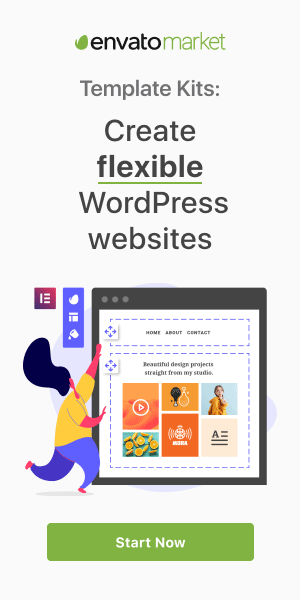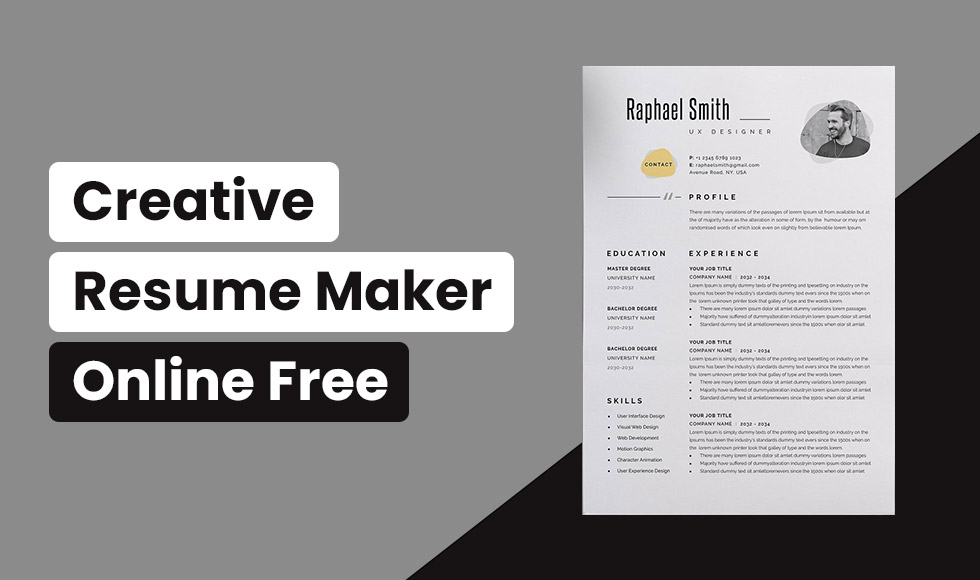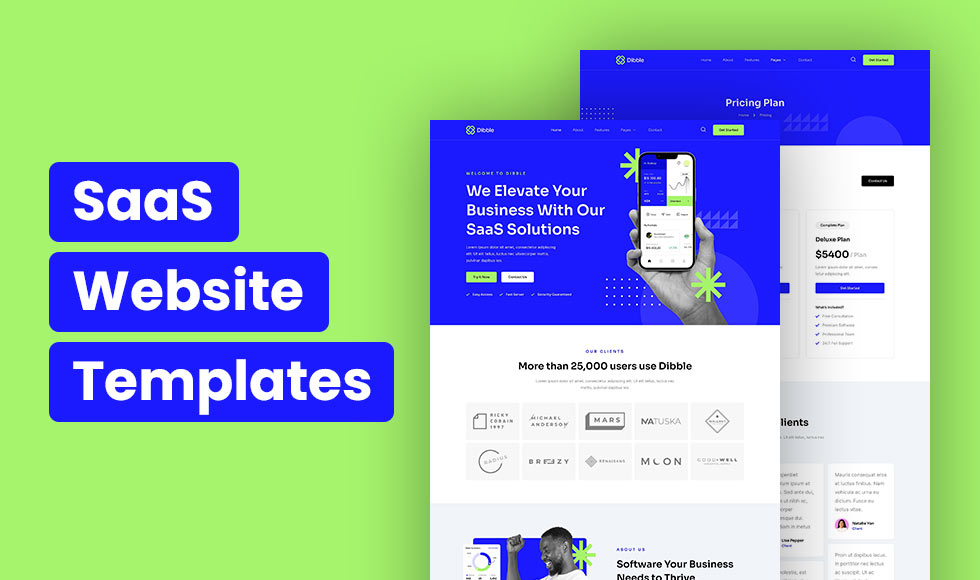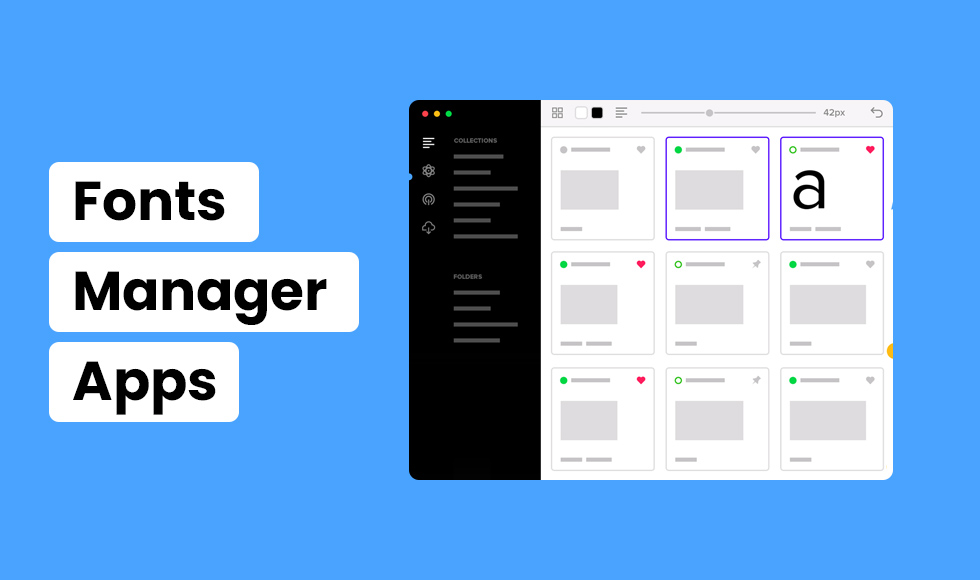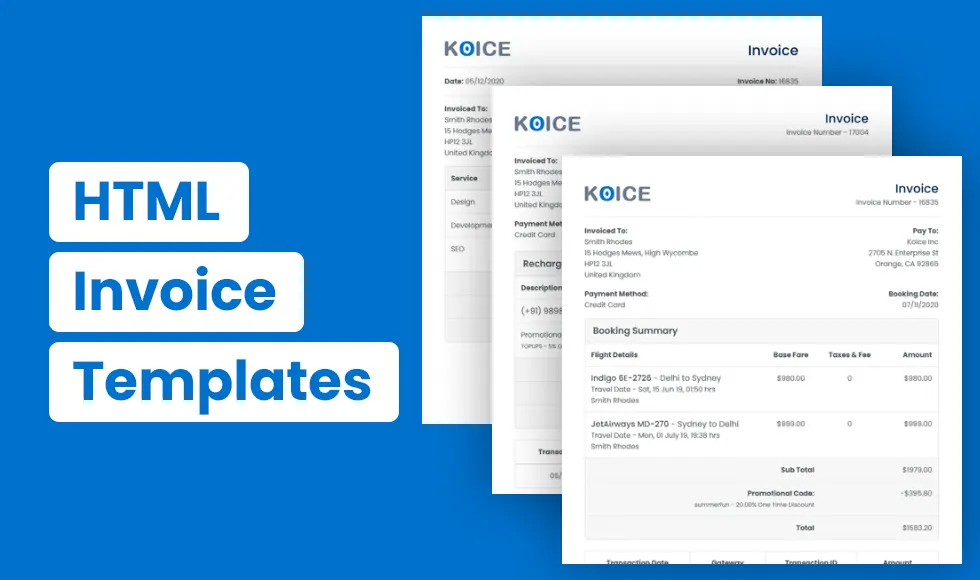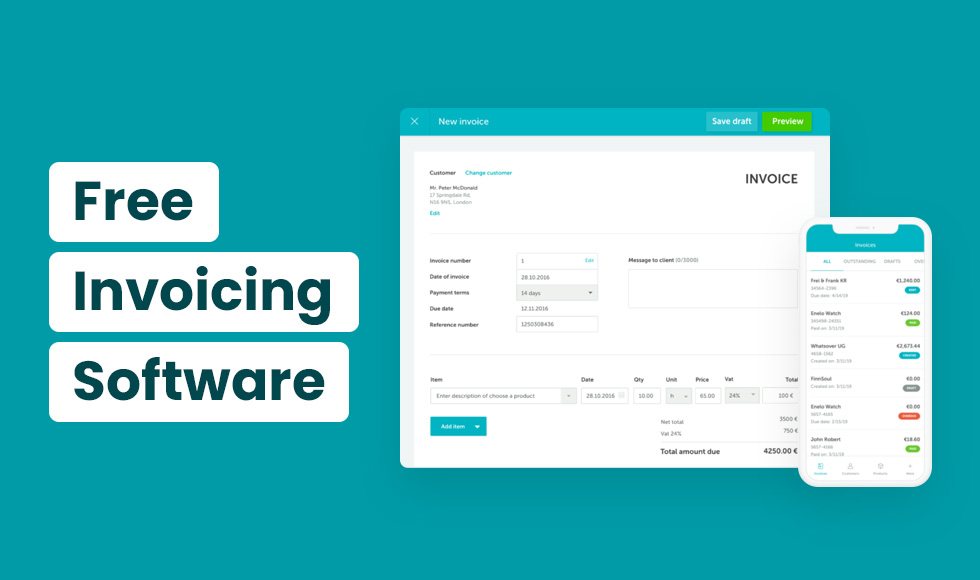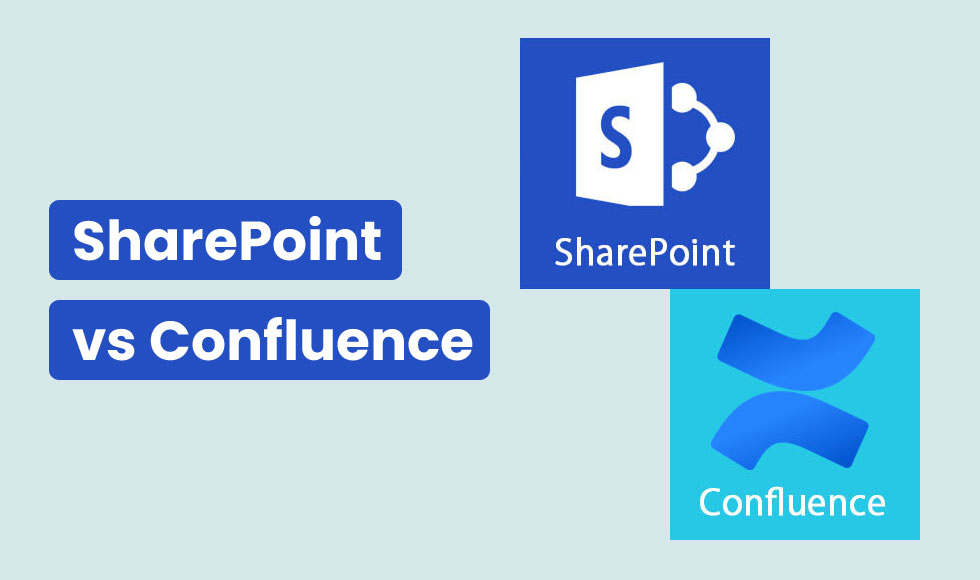In today’s fast-paced digital landscape, having a robust online presence is not just a luxury but a necessity, particularly in the healthcare sector. As more patients turn to the Internet for healthcare information, appointment scheduling, and even telemedicine services, the importance of a well-developed website cannot be overstated.
However, creating an effective healthcare website goes beyond just aesthetics; it requires careful planning, strategic thinking, and adherence to industry regulations. In this blog, we delve into the top 10 strategies for developing websites in the healthcare industry, providing valuable insights and tips to help you establish solid web development for healthcare and deliver exceptional patient experiences.
1. Refrain from complicating things
People who visit healthcare websites are often concerned and in a hurry. Health problems that are happening now or might occur in the future can cause stress, and a busy website that is hard to navigate won’t help ease those worries or stresses.
People who visit your site will want to avoid seeing long blocks of text or words that are hard to understand. Content that is simple and clear helps web visitors.
As you build your site, you should make people think less than possible when they browse your website. Ensure that your site’s web design and content are easy to understand.
2. Make people feel at ease
People who are looking for healthcare services will always go for websites with more detailed information, like bios and images of professionals so that they will be able to trust your services.
Introduce your doctors to your patients to build trust, especially in pediatric care. This makes the first meeting less stressful and helps the clients get to know the therapists better.
3. Trust is built through clarity, order, and easy navigation
It is important to remember that the design process can be broken up into stages so that key inputs can give feedback before the design part of the project. Often, people working on a project give too much input during the design and visual stage and insufficient feedback during the early planning stages.
This is where the process can go wrong, and a “design by community” approach can make a site look bad, hard to use, and unprofessional. A crucial part of good website design is keeping things simple, organized, and easy to understand.
4. Figure out the purpose of your website
While looking for web development for healthcare services, you should be very clear that your website should have a motive and represent your brand. This mostly comes from how and why you want people to interact with your brand online. The answer might be something other than straight sales or sign-ups, the direct deals that eCommerce websites are most often linked to.
It will help your team and design company build a better working and clear touch-point if you give your website a purpose and rank its needs. To better deliver on your brand’s user experience, try planning out and explaining the goals of each part of your site.
5. Remember the significance of social media
People who use social media can talk to businesses directly with potential and current customers, and businesses can also “listen” to what people are saying. Even though many healthcare and medical groups are afraid of social media, the web is social by nature, and people will be using it anyhow.
You can use social media to help your business improve its services, reach more people, sell itself, and be seen in the market.
6. Test, measure, and redesign
When you start your new website, you’re still going —you’re just getting started. Too often, businesses that make new websites think they are finished when they aren’t. Website is an ongoing process to stay ahead of the competitors. You have to try and measure websites to make them work better.
Web data can help you improve your site’s message, user paths, browsing, and general speed. Include statistics in your usual marketing meetings and your words in marketing. Read what experts and users have to say about web development.
7. Use your webpage as part of your marketing
You need to use your website as part of your business. Static websites are better than dynamic ones. A website’s strength lies in its speed and ease of use for sharing information, ideas, and stories and its ability to let people connect with your brand.
Make use of this power. A website isn’t just a box to be checked in a marketing plan. You must learn, think about, and work hard to be effective. Design for your people, see how it works, and make changes based on what you know and can do with the information.
8. Differentiate between patients and providers
It depends on your business, but healthcare workers and customers will likely be among your target group. This makes it harder to create a website because each group will have very different needs.
Making two different versions of your website—one for doctors and one for patients—is one of the easier ways to keep things clear. You could even make an online user site where they can find health information specific to them. In this way, people can get in at any time.
That said, convenience shouldn’t mean less safety. If you plan to share this information online, you should ensure robust protection.
9. Allow scheduling appointments online
Appointment scheduling software enables businesses to efficiently manage and organize appointments, allowing clients to book services online at their convenience.
If this feature isn’t available, the front desk person must give out the possible meeting times. That takes too much time. This old-fashioned method also makes it easy to make mistakes and prevents patients from double booking.
10. Contact information that is easy to find
People will visit a healthcare website to find information. One of the first things a patient or their family will do with you is ask for details about where they are. Make sure it doesn’t get in their way or make them angry! Some of the best ways to receive knowledge are:
- Looking into health problems
- Learning about the skills and abilities of a healthcare system
- Looking into doctors
- Finding facts about a place
Try to answer patients’ questions ahead of time by adding essential pages like a guide, a list of frequently asked questions, and a FAQ page. This will also help your business because your employees won’t have to answer questions about where they are, when they’re open, and other questions people often ask.
Conclusion
In conclusion, making a successful healthcare website requires a diverse approach that puts user experience, following the rules, and adding important features like patient profiles and appointment booking at the top of the list.
By using the tips in this blog, you can make your healthcare website more successful, which will build trust among patients, make it easier for people to use, and eventually improve the quality of care. These tactics will help you stay ahead of the curve as the digital world changes. They will also help improve healthcare services in a world that is becoming more linked.
If you are looking for web development in Chicago for your healthcare services, then contact eConstreet’s professionals who hold years of experience in developing diverse web applications.


